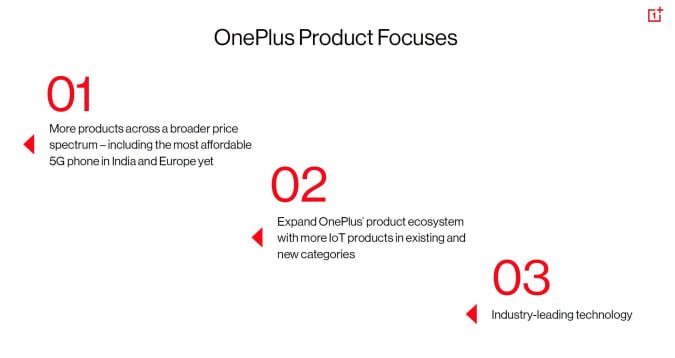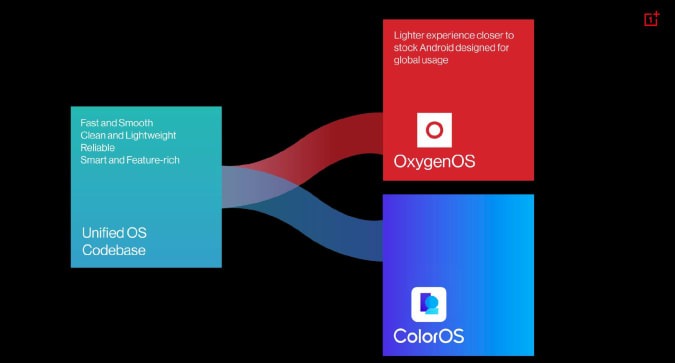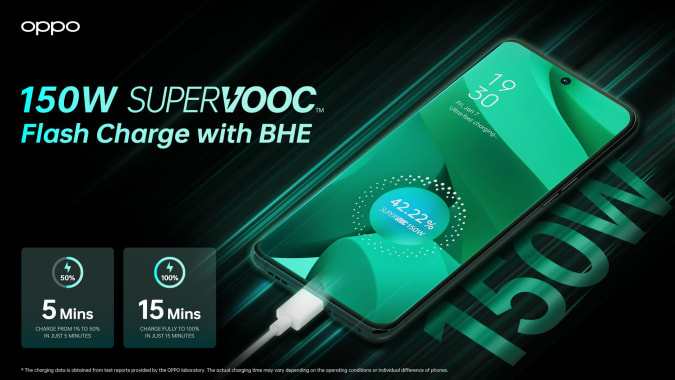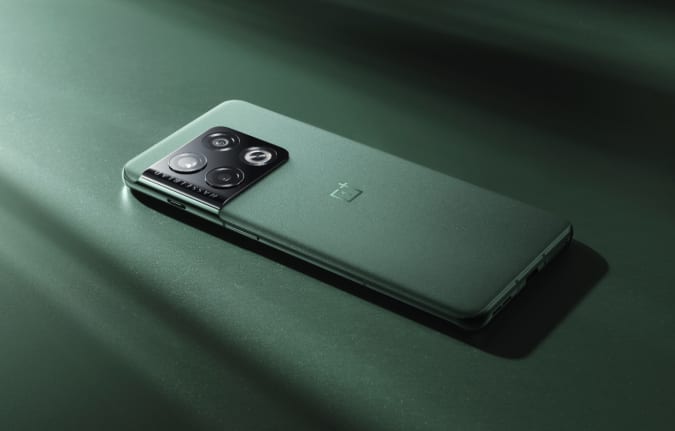OnePlus began life as a startup making smartphones with high-end specs aimed at enthusiasts. Its first phones were barebones devices that maximized value for money, while still retaining a sense of identity (remember those sandstone backs?). That’s something that’s not easy for any device, regardless of price. But now after 10 generations, it feels like the OnePlus we knew is gone, and it’s probably not coming back.
Now, I don’t mean to be all doom and gloom. It’s only natural that companies evolve over time. Just look at Nintendo, which started out making Hanafuda cards more than 130 years ago, or Nokia, which can trace its roots back to a single pulp mill built way back in 1865. So while OnePlus hasn’t been around nearly that long and its pivot isn’t nearly as drastic, ahead of the company’s next flagship phone’s arrival in the US, now feels like a good time to examine how a once sorta plucky smartphone upstart turned into mainstream OEM.
Last year, OnePlus co-founder Pete Lau was promoted to chief product officer for both Oppo and OnePlus.
Carlo Allegri / Reuters
Founded in 2013 by Carl Pei and Pete Lau, OnePlus started off as a subsidiary of BBK electronics alongside other well-known Chinese smartphone brands including Oppo, Vivo and, more recently, Realme. So right away there was a lot of shared DNA. But critically, even though OnePlus phones often had similar designs and specs compared to contemporary Oppo devices, the teams behind those phones were separate. (The old joke for years was that the latest Vivo phone would eventually become the next OnePlus device after a few months, but I digress.) This gave OnePlus the freedom to tweak things to suit its core audience: hardcore phone nerds, mostly in the US and western Europe before later expanding to India. Meanwhile, Oppo and Vivo focused more on the Chinese market and other regions in Asia.
Prior to the coronavirus pandemic, when a new OnePlus phone came out, it often launched first in the US. OnePlus phones also had features like its Alert Slider and OxygenOS that weren’t available on phones from its sister companies. And as early as 2015, 60 to 70 percent of the company’s sales came from overseas as growth in the west quickly outpaced gains in its home country. More recently in 2020, OnePlus sales in the US grew by 143 percent while practically every other phone maker saw shipments decline due to the pandemic and the shortage of silicon that followed soon after. In contrast to Oppo and Vivo, OnePlus carved out its niche overseas, and in some ways, you could even think of OnePlus as a western company that just happened to be based in the east.

OnePlus
But everything changed last year when OnePlus announced that it was officially merging with Oppo. So now, instead of being an independent company (albeit with the same parent in BBK), OnePlus is being positioned as a sub-brand for its sister company run by Lau, who will jointly oversee both companies while serving as chief product officer.
From a business standpoint, the merger makes a lot of sense. Rather than having redundant teams working on similar projects at different companies, combining OnePlus and Oppo helps streamline research and development while also boosting the scale at which the company can produce (and sell) devices. And it’s a similar story for the OS powering these devices, because after years of independent development, OnePlus announced that OxygenOS and Oppo’s ColorOS would transition to a shared codebase.
That means while OxygenOS will still be around, it’s closer to being a tweaked and stripped-down skin of ColorOS designed to look OnePlus’ old platform. But under the hood, they’re the same. And if it wasn’t for backlash from fansOppo probably would have shelved OnePlus’ take on Android entirely in favor of Vivo’s platform.

OnePlus
Unfortunately, this change to the new codebase hasn’t been smooth. During a recent roundtable that took place during MWC late last month‘OnePlus’ head of OS product Gary Chen admitted that the latest iteration of OxygenOS (version 12) “did not meet expectations.” On top of that, when asked why the OnePlus 10 Pro launched first months in China before becoming available in other regions, Lau said the OP10 Pro’s delayed availability wasn’t caused by the ongoing global chip crunch, but instead because “software development takes longer for non-China countries.” This is a very different approach to OnePlus’ global sales strategy compared to the past. And lest we forget, there still aren’t even any plans to make a non-pro OnePlus 10, which just seems odd after years of new phones landing in pairs.
Another important factor to consider is all the former employees who have left the company recently, most notably Carl Pei. Not long before the OnePlus/Oppo merger went down, Pei left the company he helped create to launch Nothing. According to Lau, “Pei’s departure did not have an impact on the development of OnePlus.” And while I understand the desire for a company to put on a stoic face during a major transition, allow me to reserve a bit of skepticism on that one.

Steve Jennings via Getty Images
Over the course of multiple generations, Pei was often the face of OnePlus, especially for customers in the west. He presented new flagship devices at launch events and regularly popped in to chat with customers or provide updates in the company’s forums. And after launching its first product last year (the Ear1 earbuds), Nothing is about to become one of OnePlus’ direct competitors now that the company is prepping to launch the Phone 1 sometime this summer. Without getting too deep into any interpersonal drama, I think it’s pretty clear that Pei is still very much interested in making gadgets, just not at OnePlus.
The brain drain hasn’t happened solely at the very top of the ladder either, with other longtime OnePlus execs like chief marketing officer Kyle Kiang having left the company last year in April. And then there are the countless numbers of OnePlus public relations, communication and support staff that have departed as well. Prior to 2020, I basically had the same two or three OnePlus contacts for five years running. And while my more recent contacts have been nothing short of professional, the amount of internal turnover I’ve seen feels very much like a changing of the guard.
oppo
And then there are smaller moves like pushing Warp Charging to the back burner in favor of 150W SuperVooc charging, which is slated to arrive on an upcoming OnePlus phone sometime in 2022. Now, it’s hard to get too upset about getting even faster charging tech, but this is yet another example of how the Oppo side of the company is seeing into OnePlus.
But perhaps most importantly is how OnePlus views itself. After shipping more than 11 million phones last year, OnePlus set new sales records in 2021. And while the company says it will continue to support its core markets in the US, India, Europe and China, the company also has aggressive plans to expand its markets later this year to Canada, Mexico and South America (a first for OnePlus). And in the future, OnePlus is eyeing North Africa and the Middle East as well. In short, while longtime enthusiasts probably won’t be completely forgotten, 2022 feels like a massive push from OnePlus to become a truly mainstream name.

OnePlus
In some ways, OnePlus has kinda become the new LG, filling the void in the smartphone landscape left after Samsung’s cross-country rival shuttered its mobile business. And while this might seem like selling out (which, remember, is exactly what companies are made to do), there are a number of positive things that have come about as part of the company’s maturation. We’re talking about stuff like wider retail availability and improved carrier support throughout the US, not to mention a growing ecosystem of gadgets that includes wireless earbuds, smart watch and more.
So there it is the company’s partnership with Hasselblad to improve its mobile photography, which for OnePlus has consistently lagged behind what you get on phones from Apple, Samsung and Google. OnePlus has even improved the everyday durability of its handsets in recent years thanks to support for IP68 dust and water resistance — even if the company’s unlocked models don’t explicitly mention this in their specs. And thanks to the Nord series, OnePlus has a larger lineup of affordable devices than ever before.
OnePlus
So has OnePlus finally turned its back on its longtime customers? Maybe, maybe not. That really depends on what you’re looking for in a phone. There’s no question that the company’s latest flagship devices are very different from what it used to make back in 2014. Heck for the first few year But at the same time, people’s preferences and expectations about what makes a good handset have changed a lot during the last eight years too. In its quest for a worldwide presence, OnePlus left a lot of its past behind. And in its place, we’re left with a global brand that ranks as the fourth-largest smartphone maker on the planet (and that’s not even counting Vivo) that’s very hungry to climb even higher. So say goodbye to the old OnePlus and say hello to the rapidly expanding behemoth that’s taken its place.
All products recommended by Engadget are selected by our editorial team, independent of our parent company. Some of our stories include affiliate links. If you buy something through one of these links, we may earn an affiliate commission.


